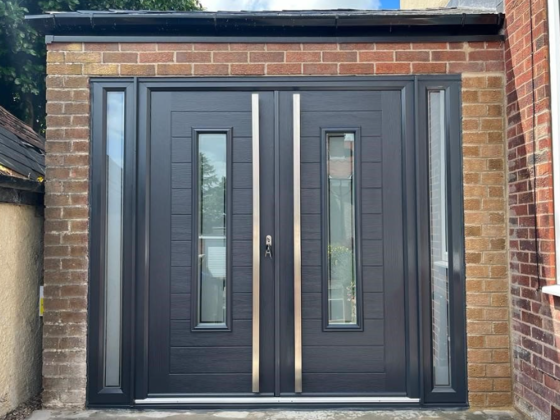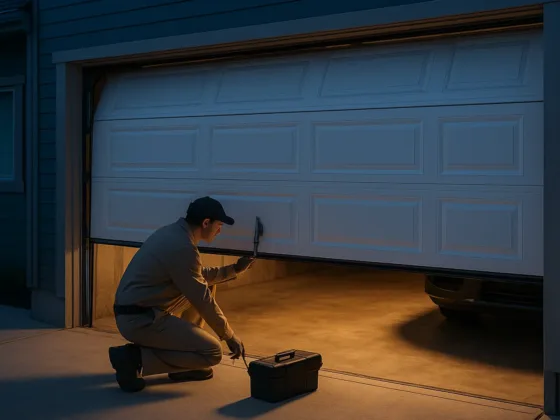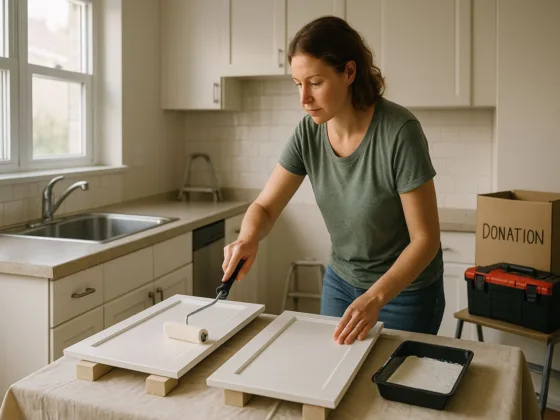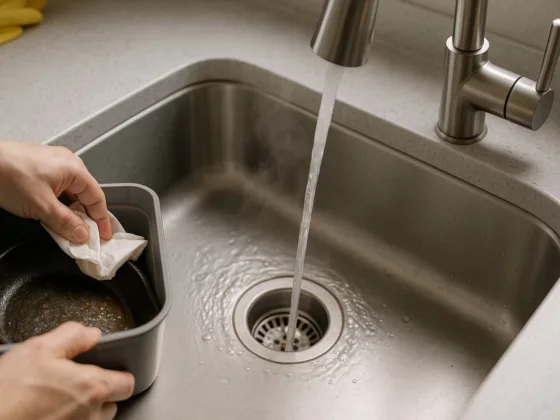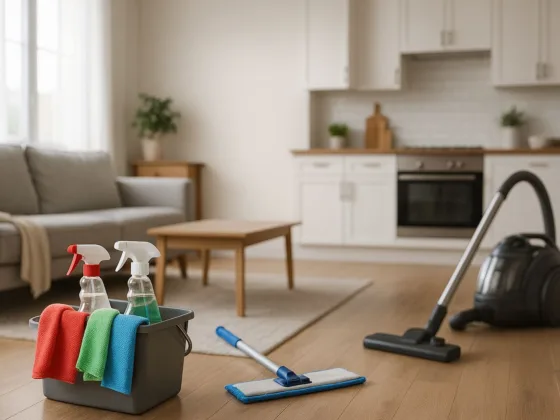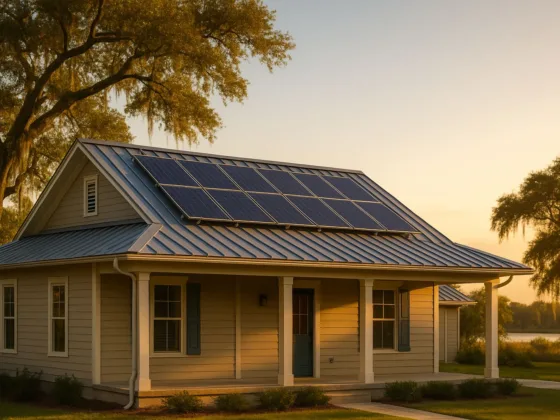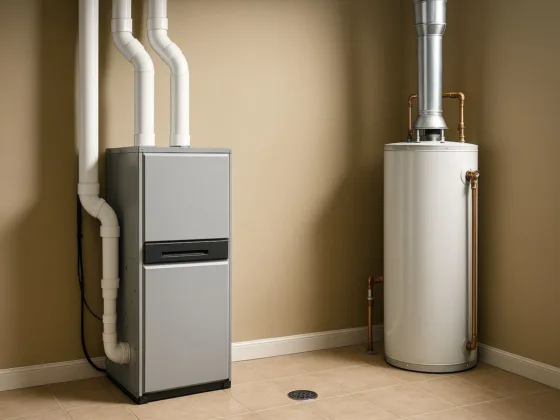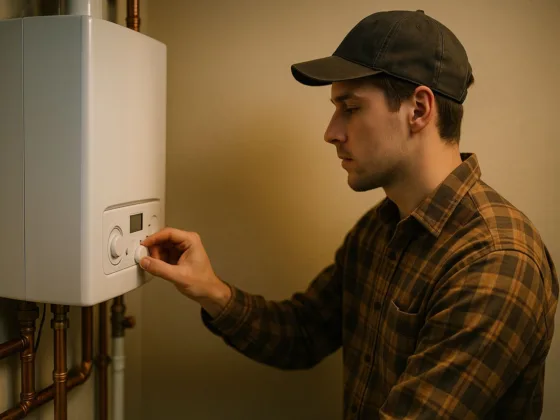Table of Contents Show
Basement waterproofing is crucial in protecting your home from potential water damage. While concrete has long been the go-to material for this purpose, innovative alternatives are emerging to offer more effective and durable solutions.
The Limitations of Concrete
Concrete, while widely used, has its limitations. Over time, it can develop cracks and joints, making it susceptible to water infiltration. This underscores the need for exploring new materials for waterproofing. You can explore other types and techniques here.
Polyurea Coatings – Polyurea coatings have emerged as a formidable alternative to traditional concrete. This versatile material boasts flexibility, durability, and rapid curing time. It forms a seamless, protective barrier that can withstand the test of time.
Applications:
- Foundation Waterproofing – Polyurea coatings provide a durable, flexible seal around the foundation, preventing water penetration.
- Roof Deck Protection – Used on roof decks, polyurea coatings create a robust sealed layer that extends the structure’s lifespan.
Fiberglass-Reinforced Panels – These panels provide a seamless barrier against water infiltration. Their versatility makes them an excellent choice for various applications, ensuring a long-lasting waterproofing solution.
Applications:
- Interior Wall Covering – These panels are highly effective in creating a waterproof barrier on interior walls, preventing moisture from seeping into living spaces.
- Exterior Cladding – As an exterior cladding material, fiberglass-reinforced panels protect against rain and dampness.
Read Also:
Rubber Membranes – They offer elasticity and resistance to UV rays, making them ideal for various substrates. Their seamless application ensures a reliable waterproofing barrier that stands up to the elements.
Applications:
- Below-Grade Waterproofing – Rubber membranes excel in below-grade applications, safeguarding basements and underground structures.
- Pond and Water Feature Liners – They are used to line ponds and water features, preventing leaks and ensuring water containment.
Liquid Rubber Sealants – Sealants have gained popularity for their ability to form a seamless, protective barrier. Their versatility makes them suitable for various water protection applications.
Applications:
- Flat Roof Waterproofing – Liquid rubber sealants are applied to flat roofs, creating a seamless protective layer that prevents water from seeping through.
- Deck Coatings – They are used to waterproof decks, balconies, and patios, ensuring water resistance and durability.
Plastic and Composite Sheeting – Lightweight and easy to install, plastic and composite sheeting are emerging as practical materials for basement sealing. Their versatility and durability make them a valuable addition to the waterproofing arsenal.
Applications:
- Crawl Space Encapsulation – Plastic and composite sheeting are used to encapsulate crawl spaces, creating a moisture barrier that prevents mold and structural damage.
- Temporary Water Containment – These materials are used in construction for temporary water containment, ensuring a dry working environment.
Geotextile Fabrics and Drainage Systems – Integrating geotextile fabrics with drainage systems complements water-sealing efforts. These fabrics are crucial in preventing hydrostatic pressure and ensuring a moisture-free environment.
Applications:
- French Drains – Geotextile fabrics are used in French drain systems to facilitate proper water drainage away from the foundation.
- Retaining Wall Backfill – They are employed in maintaining wall constructions to enhance drainage behind the wall, preventing water buildup.
Hybrid Approaches – Innovative approaches often combine multiple materials for enhanced waterproofing. These combinations leverage the strengths of different materials to provide comprehensive protection against water intrusion.
Applications:
- Green Roofs – Hybrid approaches involving a combination of materials are used in green roof systems to ensure waterproofing and vegetation support.
Choosing a Waterproofing Contractor
- Check Credentials and Experience – Verify that the expert holds the necessary licenses and certifications for waterproofing services.
Inquire about their experience, specifically in waterproofing basements. An expert with a proven track record is more likely to deliver quality results.
- Ask for References and Reviews – Request a list of past clients or case studies showcasing previous projects. This provides valuable insight into the expert’s workmanship and customer satisfaction.Check online platforms for reviews and testimonials to gain a broader perspective on their reputation and the quality of their services.
- Evaluate Techniques and Materials – Engage the expert in a discussion about their approach to waterproofing. They should be knowledgeable about a range of techniques, including innovative alternatives, and be able to explain why they recommend specific methods for your unique situation.
Inquire about the materials they plan to use. A seasoned expert should be able to articulate the advantages and suitability of the materials for your specific needs.
- Request a Detailed Quote – Obtain a comprehensive, written estimate outlining all project costs. This should include labor, materials, necessary permits, and potential additional charges that may arise during the project.
- Inquire About Warranties and Guarantees – A reputable expert should offer warranties or guarantees for their work. This demonstrates their confidence in the quality of their services and provides you with added peace of mind.
Importance of Secure Waterproofing
Investing in secure waterproofing goes far beyond just keeping your basement dry. It’s a fundamental step in safeguarding your home’s structural integrity, ensuring a safe environment for your loved ones, and providing a sanctuary of well-being.
Secure basement forms an impenetrable shield around your home’s foundation. This means protection against costly structural damage that can arise from water infiltration, saving you from expensive repairs down the line.
Ensuring basements are waterproof directly contributes to your family’s well-being by preventing mold and mildew growth. It puts a stop to potential respiratory issues, allergies, and skin irritations that can result from exposure to harmful mold spores.
Health Risks of Mold and Mildew
Unchecked water intrusion creates a breeding ground for mold and mildew in basements. This can lead to a host of health problems for you and your family, including:
- Respiratory Issues – Mold spores in the air can be inhaled, potentially causing or exacerbating respiratory conditions like asthma.
- Allergies – Allergic reactions to mold can range from mild irritation to severe respiratory distress.
- Skin Irritation – Prolonged mold exposure can lead to skin problems, especially for those with sensitivities. Addressing this issue promptly is not just about preventing property damage. It’s about ensuring the health and comfort of your family.
Impact on Overall Air Quality
The air we breathe directly affects our health and well-being. Mold spores can become airborne, leading to respiratory problems when inhaled. This underscores the critical importance of clean, moisture-free air for a healthy living environment.
A moisture-free environment, courtesy of effective waterproofing, ensures that the air you and your family breathe is clean and free from potentially harmful contaminants. This directly contributes to better respiratory health and an improved quality of life.
Protecting Your Family’s Future
Investing in proper waterproofing isn’t just about the present—it’s a long-term investment in your family’s well-being. By ensuring a healthy indoor environment, you’re setting the foundation for a bright and thriving future.


